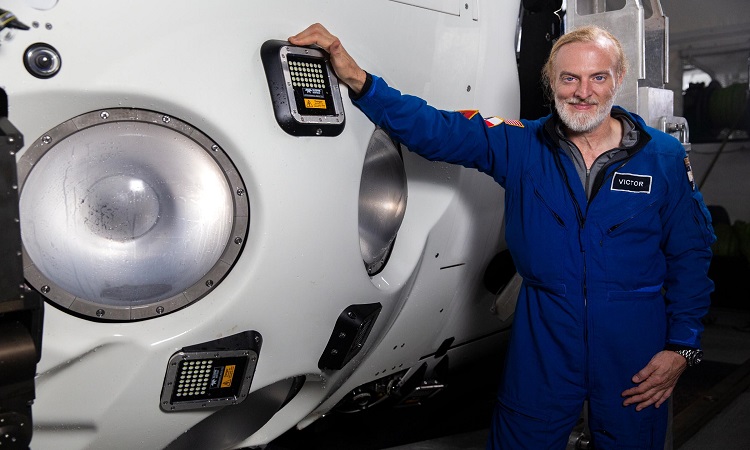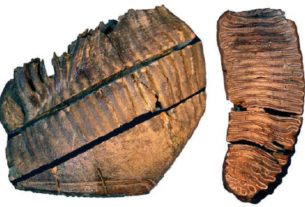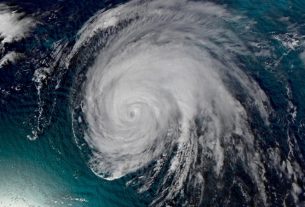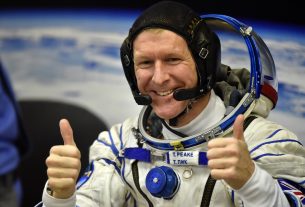The adventurer and American millionaire Victor Vescovo became a few days ago the first person to visit the deepest points of every ocean of the Earth.
An incredible adventure
Victor Vescovo is a modern-day explorer. After having climbed, a few years ago, the highest mountain of each continent, it has recently launched the challenge of diving into the deepest parts of the five terrestrial oceans. After reaching the deepest point of the Atlantic Ocean in December (Puerto Rico pit, a little more than 8,000 meters), the businessman then went on with the South Sandwich Pit (8,428 meters) and the Java pit (more than 7000 meters). Last April, he even dropped the record held by James Cameron in the Marianas Trench. He has just finished his marathon (August 24th) with the Molloy Pit in the Arctic, which sinks about 5.5 km below the surface of the sea.
For the explorer, one of the biggest challenges of this incredible mission was to build a robot that could withstand the pressures of the underwater environment. “The design of any system capable of reliably and repeatedly surviving this massive physical aggression from nature was a real challenge,” he explained shortly after diving into the Marianas Trench. When you’re in the ocean, it can take up to three and a half hours to come to the surface. A big leak or structural failure will erase you in a split second. A more “slow” leak would also have been difficult to repair. Everything has been designed to avoid these problems.
Very valuable scientific data
Note that these different explorations have also allowed Victor Vescovo and his teams to conduct some research. In particular, they managed to identify 40 new species in the lowlands. Water samples were also collected to measure salinity and temperature at different depths. “This will help researchers better understand the ocean circulation, which is needed to improve computer models that project future climate scenarios,” said Alan Jamieson, Chief Scientist for Expeditions.
It should also be noted that the instruments on board the submersible also made it possible to map part of the ocean floor. About 300,000 km2, roughly the equivalent of a country like Italy.
For those interested, note that a five-part documentary describing the different stages of these expeditions will be broadcast on the Discovery Channel. Probably early next year.




